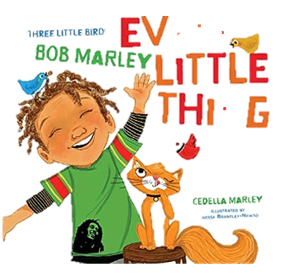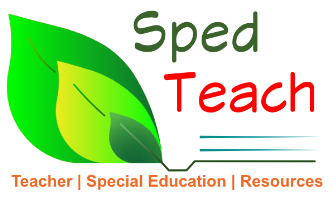“Five Steps for Supporting Those Living with Special Abilities”
The Site/blog may contain links to affiliate websites, and we receive an affiliate commission for any purchases you make on the affiliate website using such links.
@Andrea Gordon-Reid
Participating in suitable and fun activities with individuals with special needs can be rewarding and beneficial for their development and well-being. Therefore, the activities should be of interest, abilities, and the specific needs of the individual. Here are some activity ideas that can be adapted to various levels of ability:
1. What is special need?
Special needs are conditions or impairments that may affect a person’s physical, cognitive, sensory, communication, emotional, or social functioning. Disabilities can vary widely in nature and severity. Hence, they may be present from birth or acquired later in life. For example, due to accidents, illnesses, or aging.
Fun books to try.
- Adapting Early Childhood Curricula for Children with Disabilities and Special Needs
- Every Little Thing: Based on the song “Three Little Birds” by Bob Marley
- Aurora’s Gift: Children’s Autism Awareness Book for Kids
2. How can we identify?

To identify individuals with special needs, one needs to observe, assess, and understand behaviour and patterns. In addition, their interaction with people and developmental milestones. Children can be compared to their peers to determine whether they have developed speech, motor skills, and social interactions. When a child consistently lags in these areas, it often indicates that they have a special need. Therefore, we can listen keenly to their speech pattern. Are they communicating and using eye contact and correct facial expressions?
Take a look at this.
3. Do they show signs of isolation, withdrawal, or challenges in understanding social cues?
a. Look for patterns of behaviour that stand out. Such as;
Frequent tantrums, aggression, extreme shyness, or repetitive behaviours.
b. Observe how they react to sensory stimuli like light, sound, touch, taste, and smell.
4. What can we do to assist individuals with special needs?
d. Two critical first steps to take are;
e. Educate yourself about exceptional conditions that an individual may experience.
f. Becoming aware of their strengths, challenges, and strategies is essential.
g. Create an Inclusive Environment for individuals with special needs. For instance, at home, school and community. In brief, the community you are creating should be inclusive and accessible, including sensory-friendly spaces and adaptive equipment.
4. What activities can we do with them?
Art and Creativity-children love scribbling; who doesn’t? I do.
You can;
- Paint, draw
- Craft beads ( make sure to pay attention to safety)
- Clay, tactile materials-Liquid Fusion
- Music, singing
- Sensory Activities-Busy Board
- Bubble play
- Playdough
- Sensory bins
- Soft fabrics
Outdoor Activities
a. Nature walk-this is so relaxing!
b. Gardening activities
c. Adaptive sports and games tailored to their needs and abilities.
Top Games
5. Resources to make fun easy.
a. Toco Boca visual app
b. Starfall provides educational games
c. Picture Exchange Communication System (PECS) utilizes pictures to help nonverbal individuals communicate their needs and wants
d. Visual schedules using images or symbols to help understand daily routines
e. Fat Brain Toys, which offers a range of sensory and adaptive toys
f. Adaptive Books and Reading Materials can help with simple language development, reading for fun and tactile features.

Examples;
I love you to the moon and back
In Conclusion, each individual with special needs is unique, so there is no one-size-fits-all approach. Therefore, efforts should be directed by insight, care, and dedication to helping them live successful and meaningful lives.
